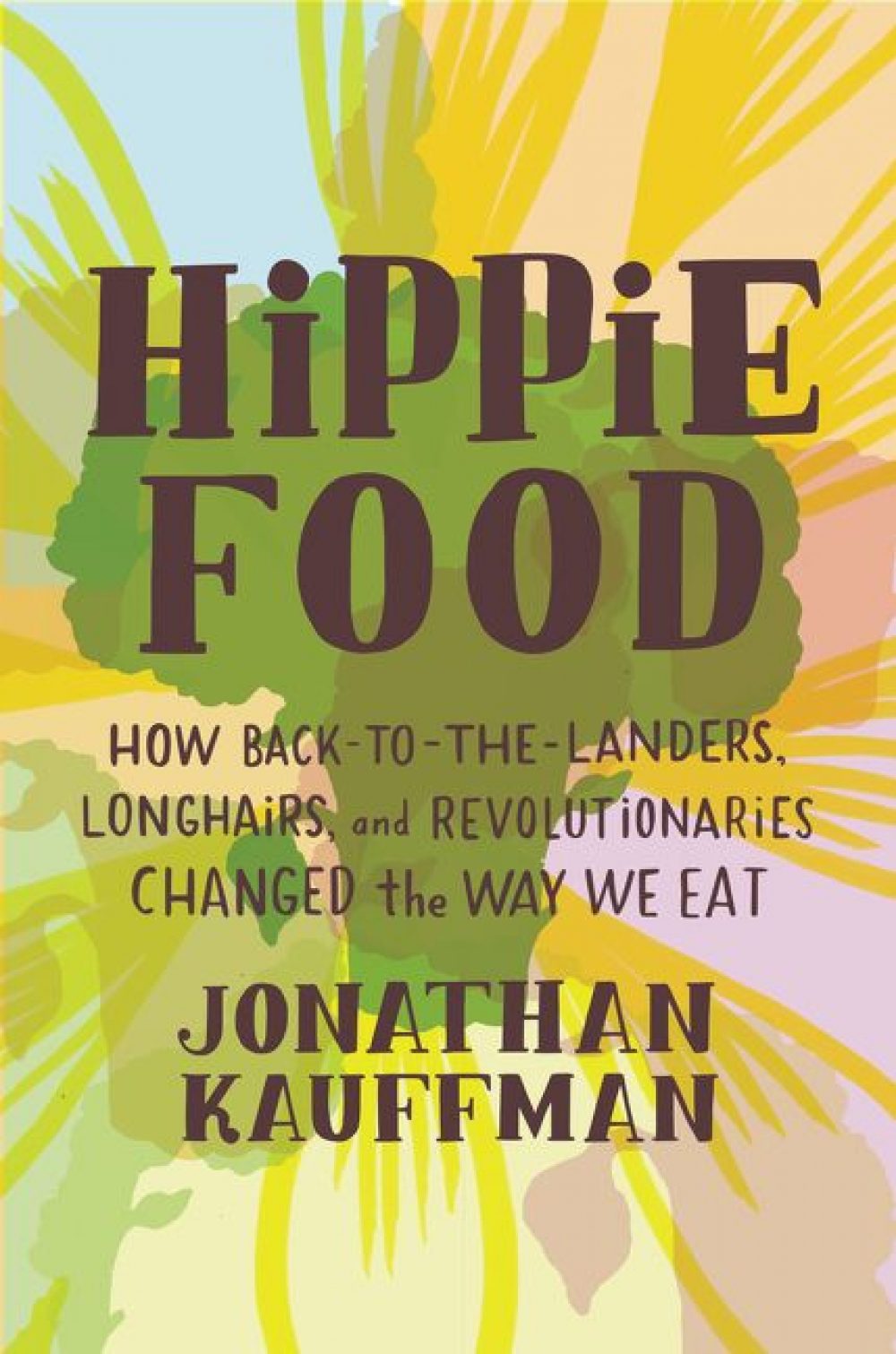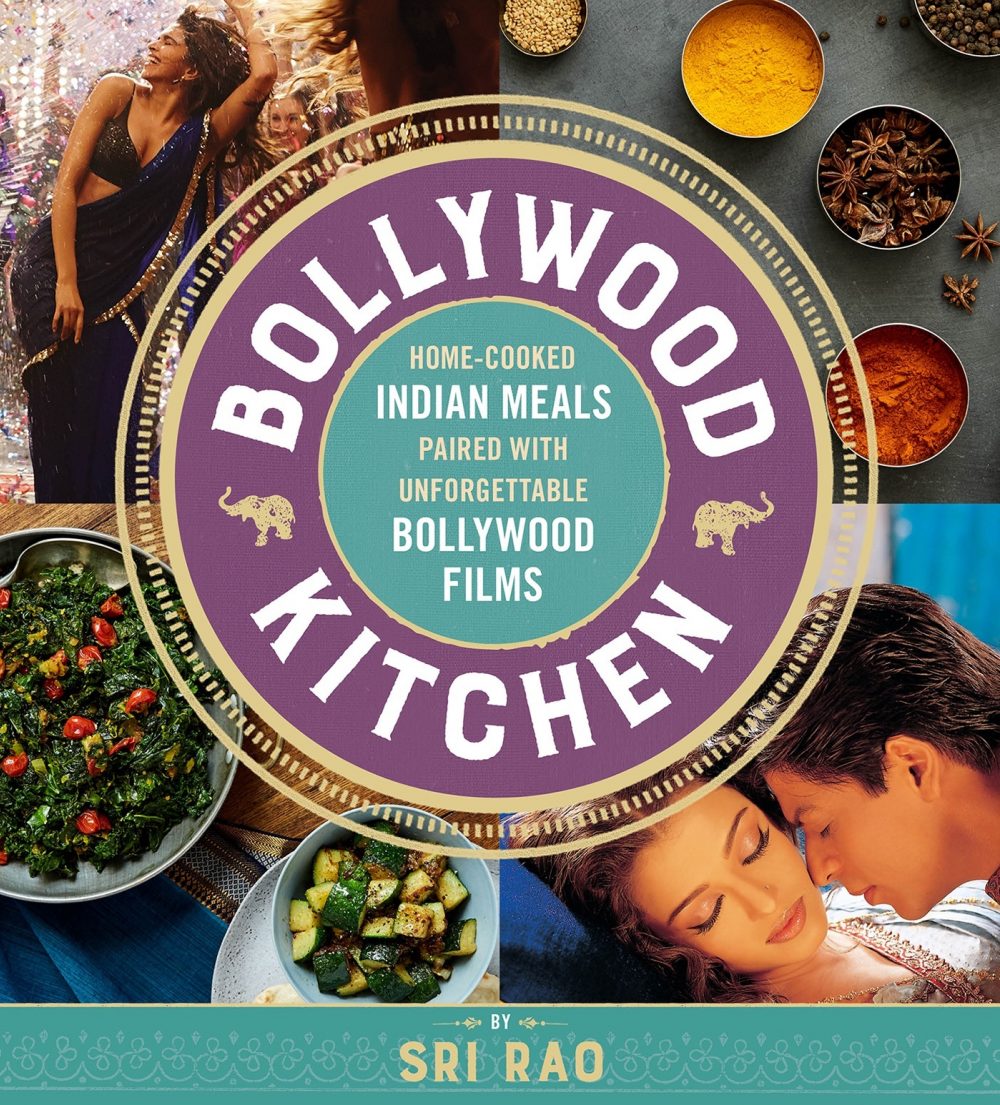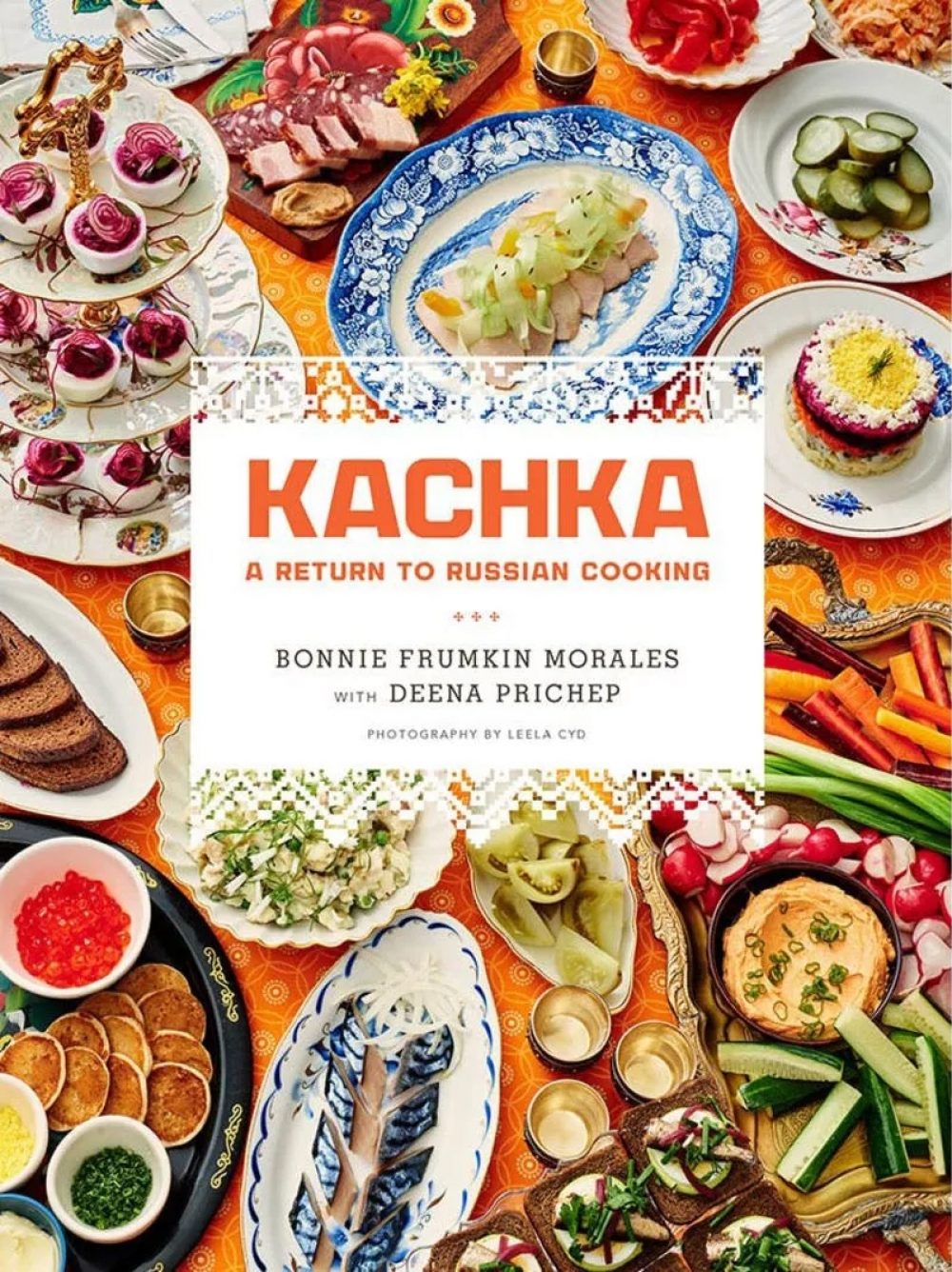
Hippie Food
by Jonathan Kauffman
I grew up as a hippie in the ’60s and early ’70s, with not insignificant street cred. I cooked at Wavy Gravy’s commune, The Hog Farm, in Taos, New Mexico. I chanted onstage next to Allen Ginsberg at Yale while being gassed by the police. I drove a red 1961 VW around the country following almost everyone else, I finally got a haircut, a job and a mortgage.
What I hadn’t understood until I read Jonathan Kauffman’s fascinating book, “Hippie Food,” was the origins of the natural foods movement. It started with a guy nicknamed Gypsy Boots who spent time camping in the caves of Topanga Canyon with his hirsute comrades, The Nature Boys. He went on to found Health Hut and then catered to the Hollywood crowd, delivering fruits, vegetables and carob cookies to Kirk Douglas and other stars. He even had a regular gig on “The Steve Allen Show,” milking a goat and swinging onto the stage like Tarzan.
Along the way, the movement picked up a dash of Eastern philosophy, including yin-yang, a helping of Zen Buddhism and outliers who offered to cure cancer through macrobiotics. Then the money showed up—one L.A. health food restaurant, The Source, was earning over $500,000 per year in profit serving the likes of Warren Beatty, Charles Bronson and Steve McQueen
In the 1970s, organic farming went mainstream, “Diet for a Small Planet” sold half a million copies in three years, “The Moosewood Cookbook” appeared, and America saw farmers markets, co-ops and communes flourish.
Today, organic foods, juicing, kombucha and the like are a multibillion-dollar industry. So next time you buy organic apples at Whole Foods or pick up kefir at the local health food store, know you support a long American tradition.
Buy on Amazon
On the surface, this appears to be a gimmick disguised as a cookbook: pairing menus with favorite Bollywood films. But Sri Rao is a genuine aficionado of Bollywood, raised on screenings in Harrisburg, Pennsylvania, where his parents joined other expats to watch Bollywood classics. He was also raised on real Indian home cooking adapted for the American table, so the menus are not the hoary northern Indian classics that show up in many Indian- American restaurants. Instead, it’s practical weeknight cooking.
From Bollywood popcorn and keema (ground beef curry) to khichdi (rice and lentils) and a simple zucchini stir-fry, these are recipes one can really use. And for Americans unfamiliar with Bollywood—an industry that grosses more money per year than Hollywood—the recommendations here are equally appealing, from adaptations of literary classics (“Devdas”) and stories of dysfunctional families (“Kapoor & Sons”) to comedies (“3 Idiots”) and love stories (“Barfi!”).
This is no gimmick: I will be doing a lot of Indian home cooking and movie-watching thanks to “Bollywood Kitchen.”
Buy on Amazon

Bollywood Kitchen: Home-Cooked Indian Meals Paired with Unforgettable Bollywood Films
by Sri Rao

Kachka: A Return to Russian Cooking
by Bonnie Frumkin Morales
Bonnie Morales’ grandmother escaped a death camp in Belarus during World War II. She was stopped by a guard and pretended to be a Ukrainian woman trying to get back to her family, but she had a problem: She did not speak the language. When the suspicious guard asked her to say the Ukrainian word for duck, she blurted out the Yiddish word, kachka. Her life was spared, as it is the same in Ukrainian.
Morales’ restaurant, Kachka, in Portland, Oregon, was founded to give new life to the American view of Russian cookery, which was, in her words, “limp, really overcooked, few vegetables and a lot of fishy things.” Instead, she offers porcini-barley soup, simple bean dishes, dumplings, Russian pesto, roasted meats and an easy way to cure fish.
Morales will also point out that a Moscow mule is not Russian, that there is no such thing as “blini” (try blinchiki), and that the large boxes of chocolates sold in Russian markets are designed to be given, never eaten. These ancient chocolates are regifted as an essential part of hospitality but never considered food—unlike Morales’ recipes, full of hearty, authentic flavors from the Old Country.



